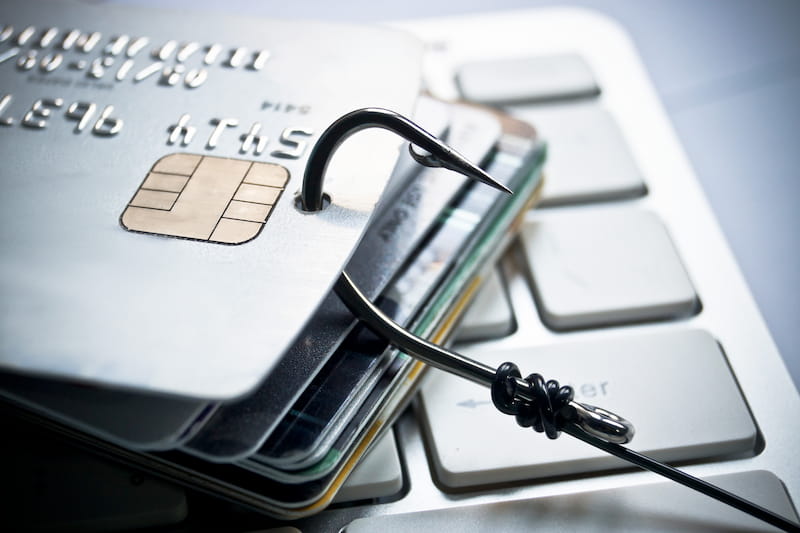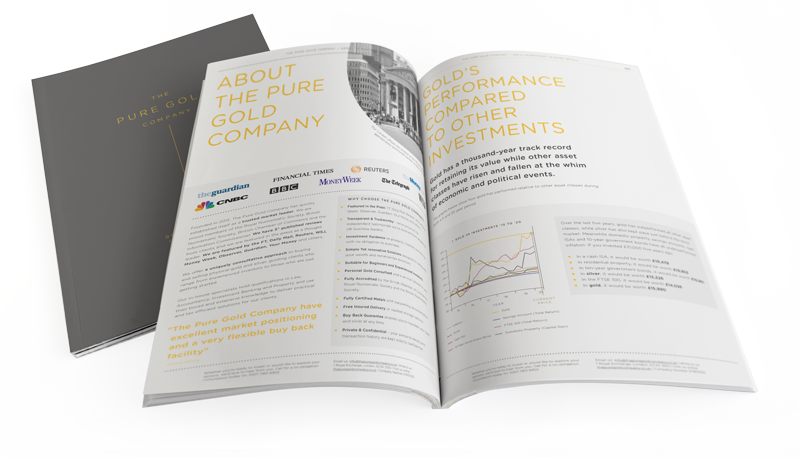Anyone who lived through the Y2K bug will remember the panicked expectation that our entire society (but mostly the banking system) would collapse at midnight on 31 December 1999. It didn’t, thankfully, but other cyber threats have caused their share of chaos as the world has moved further and further into the digital metaverse. The latest technology revolution – AI – while promising a cornucopia of efficiencies, comes with an equally fruitful basket of dangers, especially privacy and security concerns.
In a world of known unknowns and unknown unknowns, owning physical gold is one way to be absolutely sure your assets are safe from a digital Armageddon.
Increasingly digital
For Boomers and Gen Xers it’s still possible to remember a world without the internet, but technology has evolved to the point where today everything we do is connected. It’s almost impossible to go ‘off grid’, especially if your information is already in the cyber ether. The digital revolution has come at breakneck speed, and sometimes it hasn’t been possible to protect the information from nefarious actors.
There are a wide range of cyber threats that organisations face, from state-sponsored cyber espionage and sabotage to financially motivated data breaches and ransomware attacks.
For example, in 2017 the WannaCry ransomware attack affected more than 200,000 computers in 150 countries, encrypting data and demanding a ransom to release what was in some cases critical information, including essential data within the NHS. Sony, Yahoo, Marriott and Target have all had major data breaches that have compromised millions of customers and their sensitive personal, and often financial, data.
Of course, companies who are the guardians of our data spend billions to protect our information, but as data security evolves, so do the tactics used by cyber criminals. There is never going be a time when digital information is entirely safe and secure.
Bank vulnerabilities
Bank robberies have changed substantially over the last few decades. The teller heists of yesteryear have been replaced by digital theft on a much larger scale. The Russian Central Bank was hacked in 2016 and thieves made off with $31 million, while the Bangladesh Bank heist of the same year cost it $81 million in stolen funds.
Often though, the cyber-attacks on financial institutions don’t target actual funds, but personal data that can then be used to carry out criminal activity like identity or financial theft. The scale of data breaches, and the number of people affected is substantial. An attack on credit bureau Equifax in 2017 exposed the personal information of 147 million people, including Social Security numbers, birth dates, addresses, and, in some cases, driver’s license numbers.
In 2023 there were data breaches that affected 8 billion records, including information held by banks and financial institutions like Bank of America and Capital One.
Infrastructure
It’s not just companies that are vulnerable to cyber-attacks. Digital infrastructure like communications networks, energy grids, data centres, transport systems and financial systems are all vulnerable to threats like hacking, malware, ransomware, phishing, and denial of service attacks. In 2021, American oil pipeline company Colonial Pipeline suffered a ransomware attack that impacted the technology controlling the pipeline forcing it to halt operations. The company paid the ransom in cryptocurrency, and they were provided with a tool to restore the system, but it took some time to get back up and running.
The interconnected nature of modern infrastructure means these systems are more vulnerable to disruptions or attacks, posing significant risks to public safety and economic stability, and a breach in one area can have cascading effects on others.
Who is the enemy?
Digital anonymity makes it difficult to know who is behind some cyber-attacks. Are they criminals who use it for personal gain, state-sponsored attackers who carry out cyber operations aligned with the political, commercial, or military interests of their governments, or hacktivists who do it to further a political agenda?
Discover Gold’s Unique Tax Advantage
Most investments are subject to some form of taxation, but physical gold can be totally free of VAT and capital gains tax.

All of these organisations, individuals or governments have perpetrated cyber-attacks in the past and it is certain there will be more in the future. So, what does that mean for the people who have to deal with the ramifications of the attacks?
On an individual level they may need to contend with identify theft, fraud, financial loss and service disruption. But there could also be more widespread impact on economic stability (from infrastructure disruption), geopolitical instability (from influencing election outcomes or political decision-making), and market volatility (from compromised financial infrastructure).
AI – the known unknown
Organisations and governments spend billions on cyber security to try and prevent attacks and hopefully staying one step ahead of the cyber criminals. But the advent of Artificial Intelligence (AI) may make this harder, because the new technology brings both potential benefits and risks to cybersecurity.
AI’s capacity to process and analyse large volumes of data for identifying patterns and making predictions can be used to enhance the sophistication, speed, and complexity of cyber-attacks.
The threats are wide-ranging and potentially catastrophic. Malicious software may soon be able to adapt and change in order to side-step cyber defences. In sectors where AI controls critical systems, such as autonomous vehicles or medical equipment, cyberattacks could pose direct physical threats to safety. Misinformation can much more easily be produced and spread by deepfakes, convincing impersonations in videos or photographs that could have serious implications for personal reputations or political stability.
AI is still only in its infancy so the actual implementation of many of these serious cyber threats is currently theoretical. But not for long. We rely on the corporations that hold our data to keep it safe, or our governments to maintain the systems that keep society functioning effectively, but will they always be able to do this?
Protecting your assets
The digital revolution is relentless and often imperfect. While some people may have avoided online fraud or cyber breaches so far, the risk is always there. And if it does happen to you and information about your assets is compromised, you could end up losing a chunk of your digitally held wealth. We all hope it won’t happen to us, but like any insurance policy, it is worth keeping some physical assets in your portfolio just in case.
Physical gold, a tangible asset with no digital exposure, has been a store of value for thousands of years. Gold’s safe-haven status is recognised around the world. Investors can easily liquidate their gold whenever they need to, and it is often seen as an inflation hedge because its value rises alongside other goods. if you’re worried about how much of our lives are digital, invest in something you can see, touch and sell when you need to, invest in physical gold.


